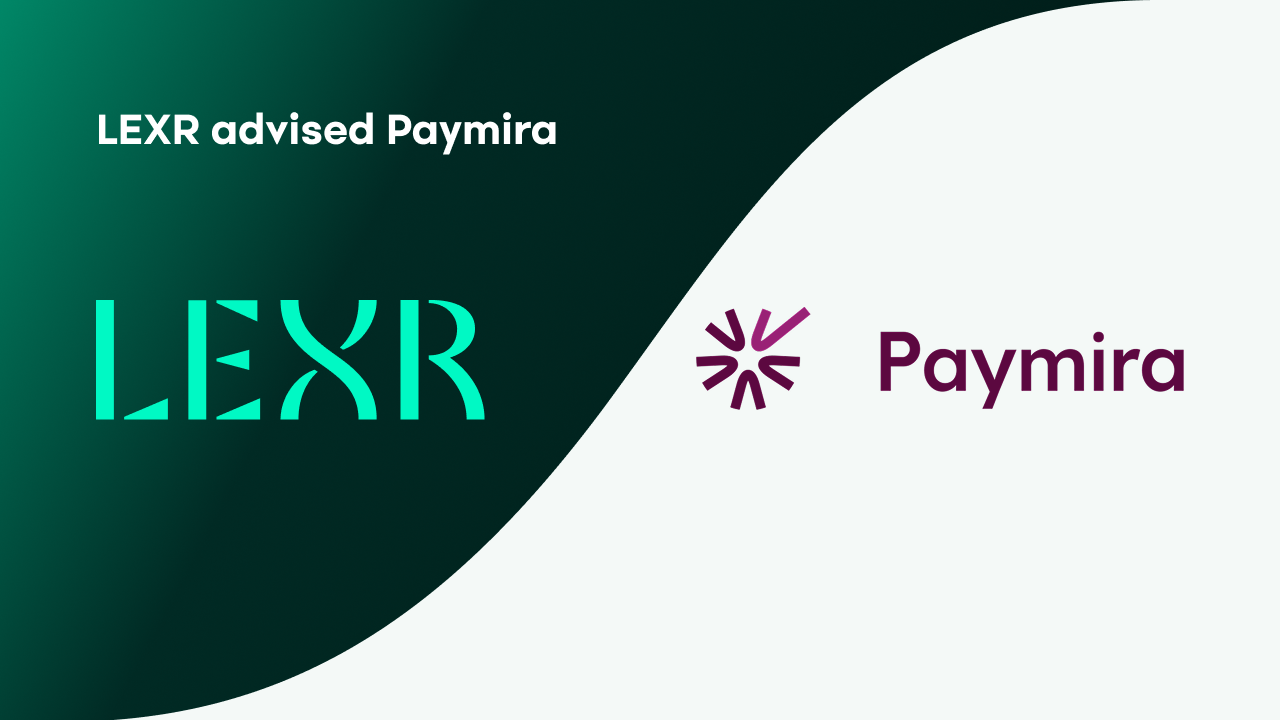This blog article marks the first one of three in our mini-series about the topic of liquidation preference. After this series, you will know:
- the basic concept behind liquidation preferences and what practical difficulties exist;
- the practically important points to be kept in mind when drafting a liquidating preference clause and their implications; and
- how a model liquidation preference (1x non-participating) clause in a financing round should look like.
To better understand the most important clauses in a term sheet, check out our term sheet 101 series.
1.1 What is a liquidation preference and how does it work?
The Scenario
Steven is the owner of an exciting high-growth tech startup, and Ida wants to invest in Steven’s company.
- For CHF 250’000, Ida acquires a 25% stake in Steven’s company;
- Two years after Ida’s investment, the company is sold to Bob for CHF 800’000;
- With her 25% stake, Ida receives CHF 200’000 of the exit proceeds.
Compared to her initial investment of CHF 250’000, Ida has lost CHF 50’000.
Downside Protection (i.e. the Preference Amount)
If Ida wants to protect the downside risk of her investment, she will ask Steven to receive at least her initial investment back, should the company be sold.
Define the triggers (i.e. Liquidity Events)
Although most founders dream of an IPO or an Exit by way of sale, these are not the only trigger events, in which the Preference Amount becomes relevant. Also, the liquidation of the company, a merger, a reorganization, or in general a change of control are trigger events. In all those cases Ida would also want her initial investment to be protected.
Preferred treatment (i.e. Liquidation Preference)
Ida wants preferential treatment up to the Preference Amount in case of certain Liquidity Events, regardless of the company’s valuation.
A Liquidation Preference is defined as the waterfall-like mechanism which determines the distribution of proceeds in case of a Liquidity Event among the shareholders. With a Liquidation Preference, one or more shareholders will be paid in preference to the other shareholder(s). In other words, the Liquidation Preference works like a waterfall from which the distribution of liquidation proceeds is first diverted to the preferred shareholders, and only if there are any liquidation proceeds left, the remaining shareholders will receive their pro-rata part.
Make it fair (i.e. limitations)
A fair 1x non-participating liquidation preference clause is designed to take into account payouts that an investor has already received up to the Trigger Event.
The Preference Amount should therefore be deducted if the company did pay out dividends (or similar distributions) to the investors. Thus, if Ida has already received CHF 50’000 in the form of dividends prior to the Liquidity Event, the Preference Amount should be reduced from CHF 250’000 to CHF 200’000.
Align interests (i.e. incentivize the founders to grow the company)
In the above scenario, Steven receives CHF 600ʹ000 for his 75% stake even though the valuation Ida invested at was CHF 1ʹ000ʹ000. Steven might have done so to cash out, despite the company possibly being undervalued. By having a liquidation preference in the contractual set-up, Steven is incentivized not to sell the company undervalue, as he would bear the cost of an undervaluation.
1.2 Example of a liquidation event
Based on the above, Steven and Ida could agree on the following liquidation preference clause in their shareholders’ agreement:
“In case of a liquidity event (sale, liquidation, merger, reorganization, change of control or IPO), the portion of the proceeds resulting from such liquidity event payable to the holder of preferred shares in preference to the holders of all other classes of shares (“Liquidation Proceeds“), shall be distributed as follows:
- First, the holders of preferred shares shall receive, in preference to the holders of ordinary shares, preference payments in each case in an amount equal to the product of the then outstanding number of preferred shares as per the date of the relevant distribution and their respective original purchase price per share according to the investment agreement, less the amount of any distribution already received by the respective holder of preferred shares (“Preference Amount“).
- Second, if the proceeds resulting from such liquidity event are larger than the Preference Amount, the Liquidation Preference ceases to apply and any Liquidation Proceeds shall be divided between all Shareholders pro-rata to the nominal value of all shares held by them and the Liquidation Preference shall terminate and cease automatically upon full payment of the Preference Amount.” (“Liquidation Preference“).
1.3 Difficulties of a liquidation preference
Whilst the concept behind the Liquidation Preference now may seem somewhat intuitive, its implementation can be rather complex in practice. It has to be carefully decided, what exactly constitutes a Liquidity Event and if the Liquidation Preference should be merely contractual or if it should be contained in the articles of association of a company as well. Furthermore, in case there have been previous rounds of financing, one topic of negotiation is if all investors have the same Liquidation Preference or if some investors should receive their investment back before others, and the founders only in last resort.
Further, should the investors be able to recover their investment one time or should they be rewarded by e.g. double recovery? What happens, if there are not enough proceeds to recover the investors’ initial investment? And if the investors have received their preferred distributions, will they be able to participate in the remaining proceeds? How can the balance between the investors’ interest for a high return and the founders’ motivation be struck?
These and more questions regarding the drafting of a liquidation preference clause will be answered in the next blog article in this mini-series. Stay tuned!












